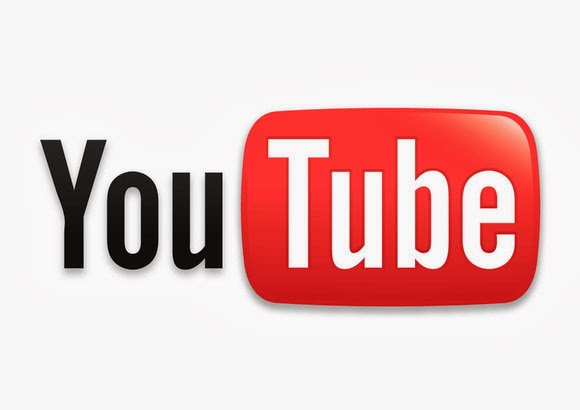Doo
is a quietly revolutionary application – but not because of its
purported ability to corral "every document of your life." Other
document managers allow you to consolidate cloud-based services; in
fact, Otixo – which is $48 (£32) annually – supports a far greater
breadth of online repositories. Rather, doo stands out due to the manner
in which it remaps – or perhaps I should say un-maps – constellations
of documents and repositories. Where Otixo and its kin rely upon
traditional folder hierarchies, doo shreds them. In promoting a
searchable, taggable library, doo takes your Mac (or Windows 8 PC) where
it was already headed: To an unbounded space where folders matter as
little as the location of their contents.
Given that doo.net has existed for scarcely two years, I decided to test its most mature offering, doo for Apple OS X 10.8 Mountain Lion, although doo also supports Microsoft Windows 8 and Google Android, with additional support slated for Windows 7, iPhone, and iPad. The software is free, and installation is effortless via the Mac App Store, and a simple prompt, familiar to those who have used Dropbox, guides you though the initial setup.
You will be asked to designate a Home folder (I placed mine in my Home library), add folders you want to watch (I designated my Documents, Downloads, and Dropbox folders), and connect other document sources. Sources include Gmail, Google Drive, Microsoft SkyDrive, and of course Dropbox.
All of which is dandy, should "every document of your life" reside in these online repositories. However, for millions of customers who rely upon SugarSync, Box, Evernote, or – perhaps most egregious for a Mac OS X application – Apple’s iCloud, many documents fall outside doo's purview. Furthermore, for those repositories doo does support, that support is somewhat stingy. You cannot designate folders to ignore (such as shared Dropbox folders), and it also doesn’t allow you to peruse file versions (as with Google Docs). My hope is that future iterations of doo will address these limitations.
Given that doo.net has existed for scarcely two years, I decided to test its most mature offering, doo for Apple OS X 10.8 Mountain Lion, although doo also supports Microsoft Windows 8 and Google Android, with additional support slated for Windows 7, iPhone, and iPad. The software is free, and installation is effortless via the Mac App Store, and a simple prompt, familiar to those who have used Dropbox, guides you though the initial setup.
Setup
Folders play an incongruously integral role in the setup process.You will be asked to designate a Home folder (I placed mine in my Home library), add folders you want to watch (I designated my Documents, Downloads, and Dropbox folders), and connect other document sources. Sources include Gmail, Google Drive, Microsoft SkyDrive, and of course Dropbox.
All of which is dandy, should "every document of your life" reside in these online repositories. However, for millions of customers who rely upon SugarSync, Box, Evernote, or – perhaps most egregious for a Mac OS X application – Apple’s iCloud, many documents fall outside doo's purview. Furthermore, for those repositories doo does support, that support is somewhat stingy. You cannot designate folders to ignore (such as shared Dropbox folders), and it also doesn’t allow you to peruse file versions (as with Google Docs). My hope is that future iterations of doo will address these limitations.
[[ source ]]















Hi Shpetim, nice article! I work at doo, and wanted to let you know that we are planning to integrate a number of storage locations and document services in future iterations of the app. In addition, you can already apply smart filters for folders (letting you ignore certain ones) and file formats in our Android client, then sync the settings to other devices running doo. Look out for this and other features in an OS X update coming soon! Thanks again for a great article!
ReplyDeleteThanks . You are welcome Ben
ReplyDelete